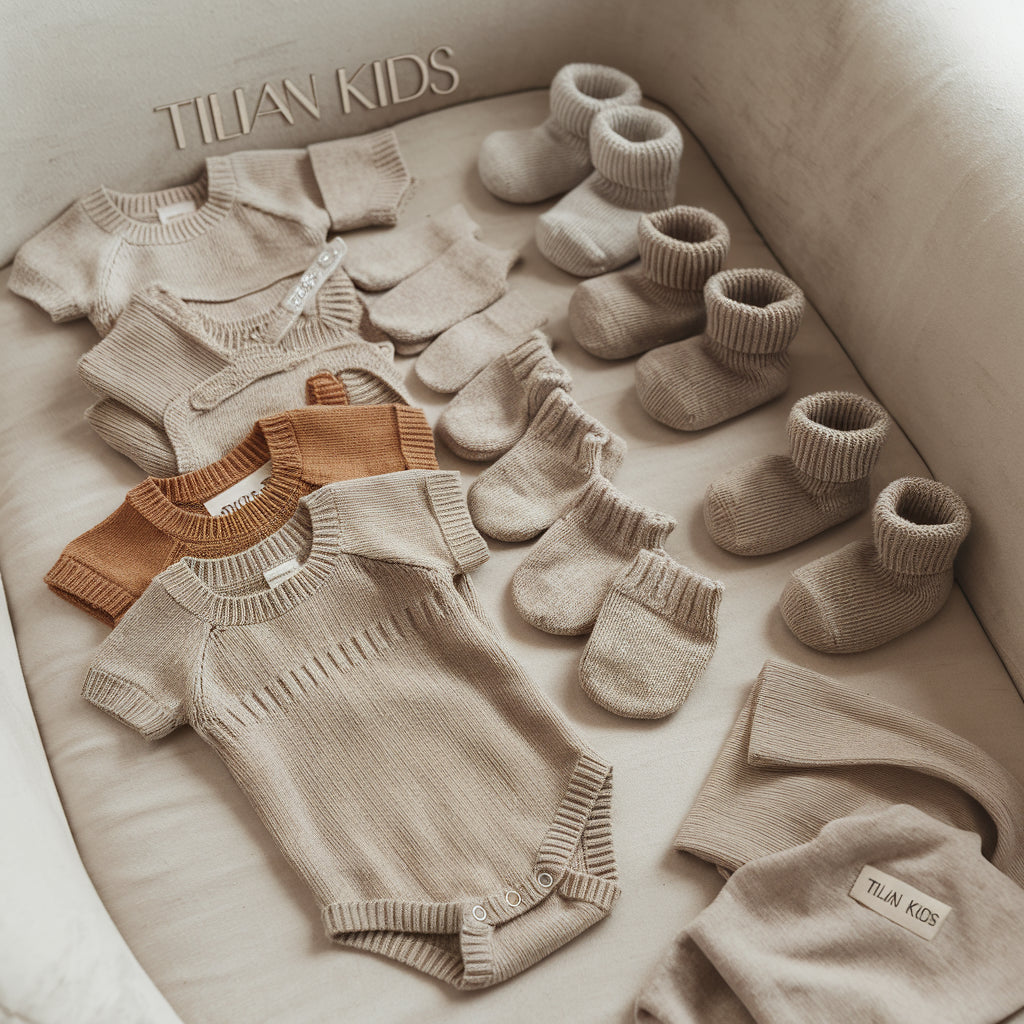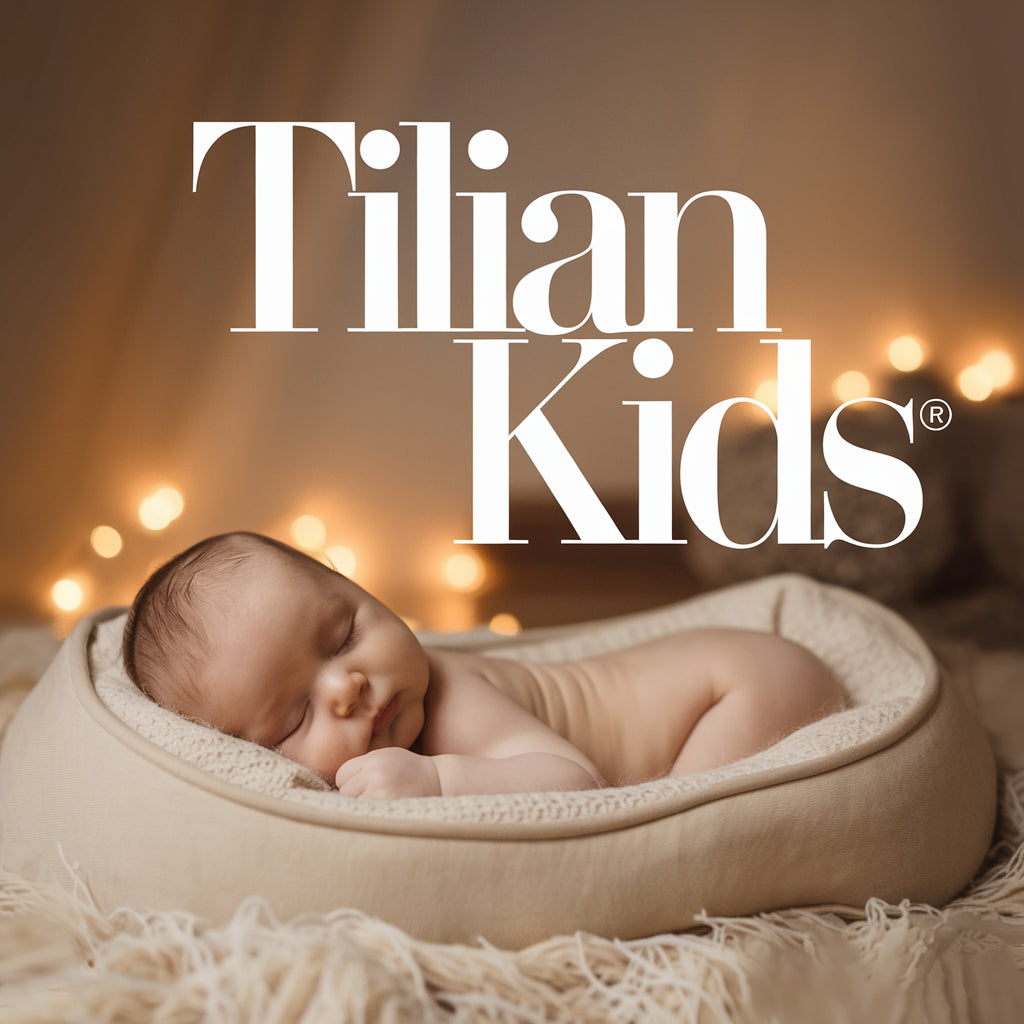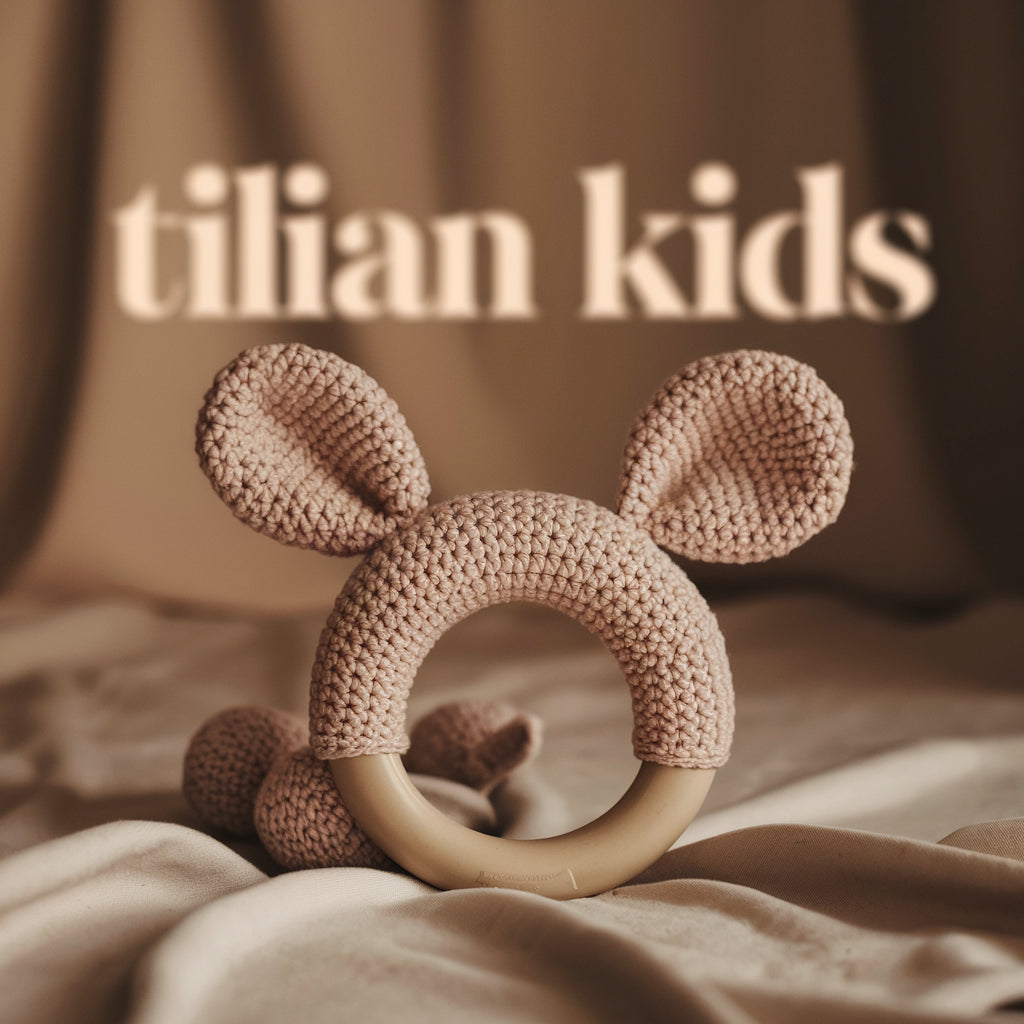
The Ultimate Guide to Baby Temperature Chart Clothes

Introduction
As a parent, ensuring your baby is comfortable and safe in every season is a top priority. One of the most common challenges is deciding how to dress your baby according to the temperature. Babies are more sensitive to temperature changes, and choosing the right clothes can help prevent discomfort and even health risks. This is where understanding a baby temperature chart clothes guide can be a lifesaver.
In this guide, we'll explore the ideal clothing choices based on various temperature ranges, offering practical tips to keep your baby snug during colder months and cool during warmer ones. Whether you're a new parent or looking to refresh your knowledge, this comprehensive guide will help you make informed decisions on dressing your little one.
Understanding Baby Temperature Chart Clothes
Dressing your baby appropriately for the weather is crucial because their bodies regulate temperature differently from adults. A baby temperature chart clothes guide typically outlines what clothing is suitable for different temperature ranges, ensuring your baby stays comfortable and safe.
Why Is Temperature Regulation Important for Babies?
Babies have a larger surface area relative to their body weight, which means they can lose heat quickly. They also don't sweat as efficiently as adults, making it harder for them to cool down in hot weather. Overheating or chilling can lead to serious conditions like heatstroke or hypothermia, so it's essential to dress them appropriately.
How to Use a Baby Temperature Chart Clothes Guide
A baby temperature chart provides a simple reference for dressing your baby based on the surrounding temperature. The chart usually indicates the type and number of clothing layers needed, ranging from bodysuits and onesies to hats and mittens, depending on the weather.
Dressing Your Baby for Different Temperatures
Cooler Temperatures (Below 20°C / 68°F)
When the temperature drops, it's essential to layer your baby’s clothing to keep them warm without causing overheating.
- 20°C to 16°C (68°F to 61°F): Dress your baby in a long-sleeved bodysuit, a light sweater or jacket, and cotton pants. Add a hat to keep their head warm.
- 15°C to 10°C (60°F to 50°F): Add a layer, such as a thicker sweater or a fleece jacket, and consider a pair of mittens and socks.
- Below 10°C (50°F): Opt for a warm, padded snowsuit or winter coat, with extra layers underneath. Don't forget a hat, mittens, and thick socks or booties.
Moderate Temperatures (20°C to 25°C / 68°F to 77°F)
In moderate temperatures, you want to ensure your baby is comfortable without overheating.
- 22°C to 25°C (72°F to 77°F): A short-sleeved bodysuit or a light onesie is usually sufficient. You can add a light blanket if needed.
- 20°C to 21°C (68°F to 70°F): A long-sleeved onesie with pants and socks will keep your baby warm enough.
Warmer Temperatures (Above 25°C / 77°F)
For warmer weather, less is more. It's important to allow your baby’s skin to breathe while protecting them from the sun.
- 25°C to 28°C (77°F to 82°F): A short-sleeved bodysuit or a sleeveless onesie should be enough. Ensure they are wearing a sun hat if you’re outside.
- Above 28°C (82°F): Dress your baby in lightweight, breathable fabrics like cotton. A simple diaper and a sleeveless onesie can be perfect for keeping them cool. Keep your baby in the shade and offer plenty of fluids to prevent dehydration.
What To Do If You're Unsure About the Temperature
If you’re unsure about the temperature or how many layers your baby needs, a good rule of thumb is to dress them in one more layer than what you are wearing. You can also feel the back of your baby's neck or their chest to check if they are too warm or cold. Their skin should feel warm but not sweaty.
Signs Your Baby Might Be Too Cold
- Cold hands and feet (although this is normal in newborns, it can indicate they need more layers if persistent).
- Pale skin or a bluish tint around their mouth and nose.
- Fussiness or lethargy.
Signs Your Baby Might Be Too Hot
- Red or flushed cheeks.
- Damp hair or skin, indicating sweating.
- Rapid breathing or restlessness.
Dressing Your Baby at Night
Nighttime temperatures can fluctuate, so it’s crucial to dress your baby in breathable, comfortable clothing that can keep them warm without overheating.
Summer Nights (Above 24°C / 75°F)
- Dress your baby in a light, sleeveless onesie or just a diaper with a light muslin swaddle.
Cooler Nights (Between 18°C to 24°C / 64°F to 75°F)
- A long-sleeved bodysuit or a onesie with a light sleep sack is ideal. Ensure the room is well-ventilated.
Cold Nights (Below 18°C / 64°F)
- Use a warmer sleep sack, and consider layering with a long-sleeved bodysuit underneath. Make sure the sleep sack is snug but not too tight, allowing room for movement.
Seasonal Variations in Baby Clothing
Winter Clothing Essentials
Winter demands extra care in dressing your baby to protect them from the cold. Look for clothing that can be layered easily.
- Bodysuits and Onesies: Start with a soft cotton onesie as a base layer.
- Thermal Layers: Add thermal shirts and leggings for extra warmth.
- Snowsuits: A must-have for outdoor trips. Choose one with a hood and insulated fabric.
- Mittens and Booties: Keep their extremities warm with fleece-lined mittens and booties.
- Hats: Ensure their head and ears are covered with a snug, warm hat.
Summer Clothing Essentials
During summer, lightweight, breathable fabrics are key.
- Cotton Bodysuits: Cotton is soft and breathable, making it perfect for hot days.
- Sun Hats: Protect your baby’s sensitive skin from the sun with a wide-brimmed hat.
- Light Blankets: Use a light, breathable blanket for naps.
Special Considerations for Newborns
Newborns are particularly sensitive to temperature changes, so it's crucial to monitor their comfort closely.
- Keep Layers Simple: Dress newborns in easy-to-remove layers to adjust their clothing quickly if they become too hot or cold.
- Use Swaddles: Swaddling can help regulate your baby’s temperature while providing comfort and security.
Dressing a Premature Baby
Premature babies may have more difficulty regulating their body temperature, so they often need extra layers or special clothing. Always consult with your pediatrician to determine the best clothing options for your preemie.
Tips for Layering Baby Clothes
Layering your baby's clothes can be the best way to ensure they stay comfortable throughout the day.
- Start with a Base Layer: Use a soft, breathable onesie as the first layer.
- Add Warmth with Mid-Layers: Consider adding a sweater or fleece jacket if needed.
- Top It Off with Outerwear: Use a coat or snowsuit during colder months.
- Be Mindful of Overheating: If you notice your baby is too warm, remove a layer and check their skin temperature.
Choosing the Right Fabric for Baby Clothes
The fabric of your baby's clothes plays a significant role in their comfort and safety.
Cotton: Soft, breathable, and hypoallergenic, cotton is ideal for babies, especially for everyday wear.
Wool: A good insulator, wool keeps your baby warm during colder months. However, make sure it’s soft and doesn’t irritate their skin.
Bamboo: Bamboo fabric is soft, moisture-wicking, and breathable, making it excellent for both warm and cool weather.
Avoid Synthetic Fabrics: Synthetic materials like polyester can trap heat and moisture, potentially leading to discomfort or skin irritation.
FAQs
What is the best way to dress my baby during a temperature change?
Layering is key. Start with a base layer and add or remove layers as needed based on the temperature.
How can I tell if my baby is too hot or too cold?
Check the back of their neck or chest. They should feel warm, not sweaty or cold. Watch for signs like flushed cheeks for overheating or pale skin for coldness.
Should I always use a hat on my baby in cold weather?
Yes, babies lose a lot of heat through their heads, so a hat is essential in cold weather.
Is it safe to use a blanket for my baby at night?
It's generally safer to use a sleep sack or swaddle than a loose blanket, which can pose a risk of suffocation.
Can I use a baby temperature chart clothes guide for a newborn?
Yes, but keep in mind that newborns may require more careful monitoring and potentially an extra layer.



